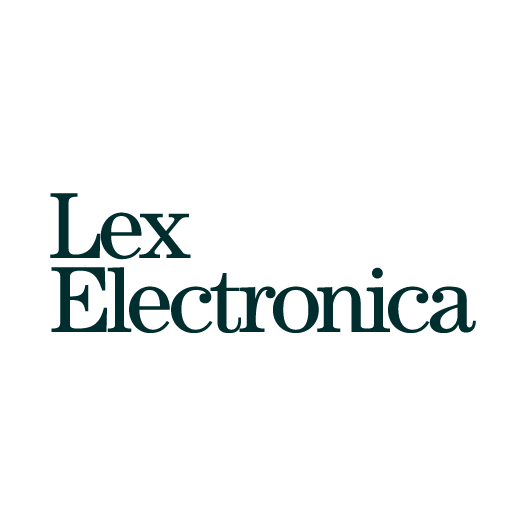Legal Academia 2.0: New and Old Models of Academic Engagement and Influence
1 Paul Daly is Associate Dean and Faculty Secretary at the Faculty of Law, Université de Montréal. • This paper was presented at Appointing Supreme Court Judges in the 21st Century – Reflections on the Nadon Reference, a conference held at the University of Ottawa in May 2014. The author is grateful for the comments received from attendees of the event, as well as Randy Barnett, Craig Forcese, Edith Guilhermont and an anonymous reviewer.
Résumé
Dans ce court texte, l’auteur contraste ce qu’il décrit comme les modèles anciens et nouveaux de l’engagement des professeurs de droit avec la communauté. L’ancien modèle est marqué par plusieurs caractéristiques : par exemple, l’implication des pairs par voie de comités de lecture; le processus long et lent de révision. Certes, les produits du processus ont parfois un impact sur l’évolution du droit, mais dans la plupart des cas, des décisions des tribunaux sont rendues avant que les commentaires des professeurs de droit apparaissent.
Par contre, le nouveau modèle se caractérise non par l’importance de révision par des pairs, mais plutôt par l’interactivité des forums rendus accessibles par Internet : les blogues et les réseaux sociaux. Dans le nouveau modèle, la diffusion de savoir s’avère rapide. Quant à lui, le savoir n’est plus seulement le domaine des juristes parce que les membres du grand public peuvent facilement s’impliquer dans des débats publics.
L’auteur illustre le nouveau modèle par référence à deux affaires juridiques récentes bien connues : la décision de la Cour suprême du Canada dans l’affaire Nadon (Renvoi relatif à La loi sur la Cour suprême, art. 5 et 6, 2014 CSC 21) et celle de la Cour suprême des États-Unis dans l’affaire Obamacare (National Federation of Independent Businesses v. Sebelius, 132 S. Ct. 2566 (2012)). Dans les deux cas, l’implication des professeurs du droit sur des blogues et des réseaux sociaux a grandement influencé les conclusions des tribunaux. L’auteur suggère que ces cas d’étude démontrent l’importance du nouveau modèle, sur lequel une réflexion importante de la communauté juridique s’impose.
English
In this short text, the author contrasts old and new models of legal academic engagement with the community. Several characteristics of the old model are discussed: it is notable for the involvement of peers in a long and slow process of editorial review. Undeniably, the outputs of this model have an impact on the evolution of the law. For the most part, however, judicial decisions are handed down before detailed academic commentary on the specific factual issues is published.
By contrast, the new model is characterized less by peer-review than by the interactivity of Internet forums, most notably blogs and social media. In the new model, the dissemination of knowledge is extremely rapid. Moreover, knowledge is no longer solely in the domain of the legal academic: the democratizing effect of the new model is such that anyone with an Internet connection can engage members of the legal academic community in debate about legal issues.
The author illustrates the new model by reference to two recent high-profile decisions: the decision of the Supreme Court of Canada in l’affaire Nadon (Reference re Supreme Court Act, ss. 5 and 6, 2014 SCC 21) and that of the Supreme Court of the United States on the legality of Obamacare (National Federation of Independent Businesses v. Sebelius, 132 S. Ct. 2566 (2012)). In these cases, the involvement of legal academics through blogs and social media greatly influenced the conclusions reached by the courts. The author suggests that these case studies demonstrate the importance of the new model and the need for further reflection on its implications.
Citation recommandée
Paul Daly, «Legal Academia 2.0: New and Old Models of Academic Engagement and Influence», (2015) 20-1, Lex Electronica 39. En ligne : https://www.lex-electronica.org/s/1057.Licence
© Paul Daly
